Lucio Fontana’s environments shed light on a lesser-known side of his oeuvre

His slashed paintings of the 1950s remain one of the 20th century’s most influential bodies of artwork, but the unveiling of an almost forgotten series of Lucio Fontana’s earlier work in Milan could change the way the late Italian artist is perceived in the future.
In 1949, Fontana came up with an experimental ‘environment’, the first in a series of 15 Ambienti Spaziali (‘Spatial Environments’): labyrinths of light, installations that filled rooms and corridors. Exhibited at the Galleria del Naviglio in 1949, ‘Ambiente spaziale a luce nera’ centred on an organic shape, lit with neon in the centre of a dark room.
Created for specific spaces, all of the environments except one were deliberately destroyed as soon as an exhibition ended – conserving them was largely dismissed, since they were regarded as having no market value. Much of the documentation was also buried, meaning these works are little-known today, and Fontana’s status as the first installation artist has never been truly recognised.
In collaboration with Fondazione Lucio Fontana, art historian Marina Pugliese, art conservationist Barbara Ferriani and artistic director Vicente Todolí have rebuilt five of Fontana’s pioneering works of this ‘lost’ period for the first time, at Pirelli HangarBicocca in Milan. These are shown alongside a further four environments (and two additional installations which bookend the exhibition) that were loosely reconstructed in an ad hoc manner in 1972 for Fontana’s retrospective at Palazzo Reale, four years after his death in 1968.
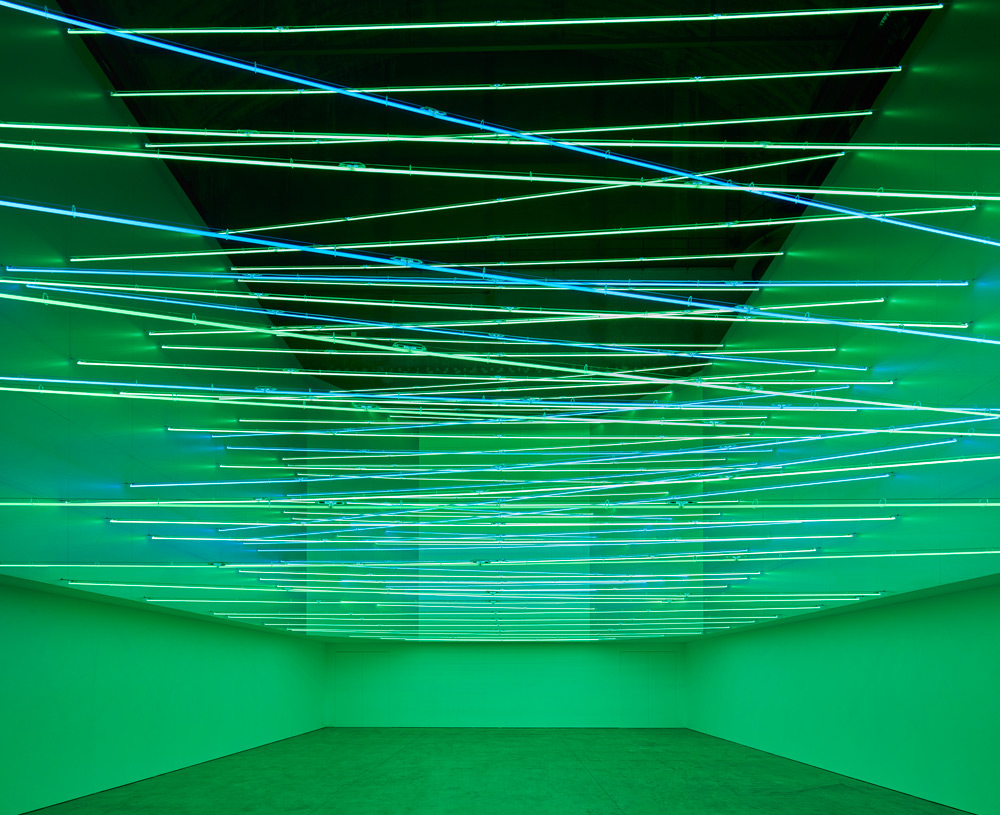
Installation view of Fonti di energia, soffitto al neon per ‘Italia 61’, a Torino, 1961/2017, at Pirelli HangarBicocca. Courtesy of Pirelli HangarBicocca, Milan. © Fondazione Lucio Fontana.
It is, therefore, the first time all of these environments have been presented together as one comprehensive cosmos of Fontana. Pugliese and Ferriani have gone to great lengths to ensure every detail of the environments – their original colours, lights and textures – have been adhered to, recreating the structures as they were then in a precise and accurate way. ‘If you change one element, it’s like changing the syntax,’ says Pugliese, who curated the exhibition after four years of research.
‘[It was] an entire piece of history that was lost,’ she continues. When Fontana produced his first environment installation in 1949, Pugliese says, it was ‘the most experimental segment of his body of work and he knew it, he was aware he had made a huge discovery – that he had invented a new medium’. However, she adds, Fontana was too far ahead of his time.
The artist wanted to create a second environment for the Venice Biennale, but his proposals were rejected twice in the 1950s, when there was no understanding of installation or environment art. It was only in 1960, 11 years later, that Fontana was able to realise a second installation at the Stedelijk Museum in Amsterdam. By this time, installation art had been co-opted by his American peers as the next big thing – a fact, Pugliese explains, that angered the Italian.
Created around the time Fontana founded the Spatialism movement, these neon-lit, rainbow-coloured and transcendental environments are undoubtedly his most engaging works. Thanks to this new research, they are now reproducible for posterity. ‘This,’ says Pugliese, ‘is a huge gift to Milan and the history of art.’
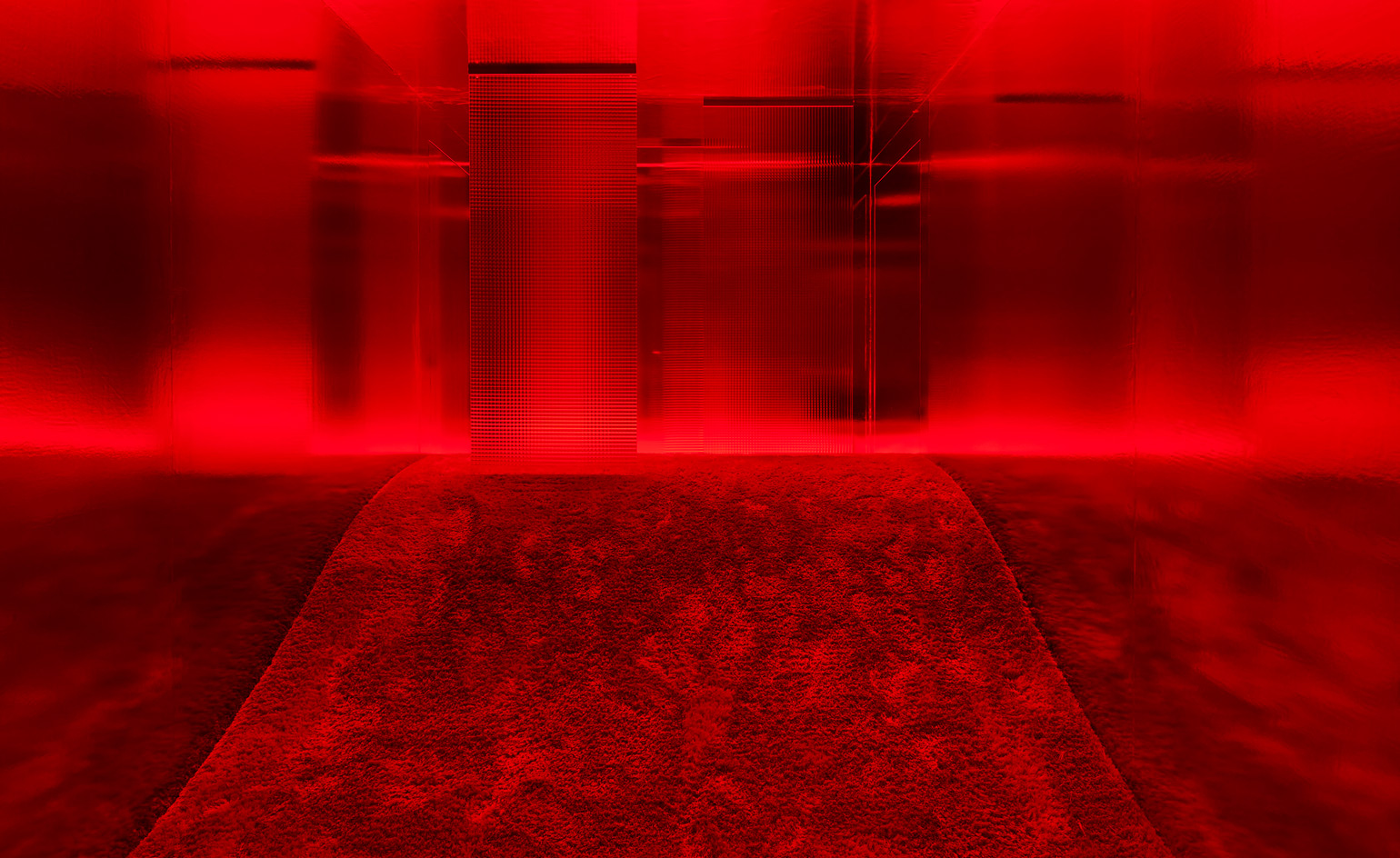
Ambiente spaziale: ‘Utopie’, nella XIII Triennale di Milano, 1964/2017, by Lucio Fontana. Courtesy of Pirelli HangarBicocca, Milan. © Fondazione Lucio Fontana.
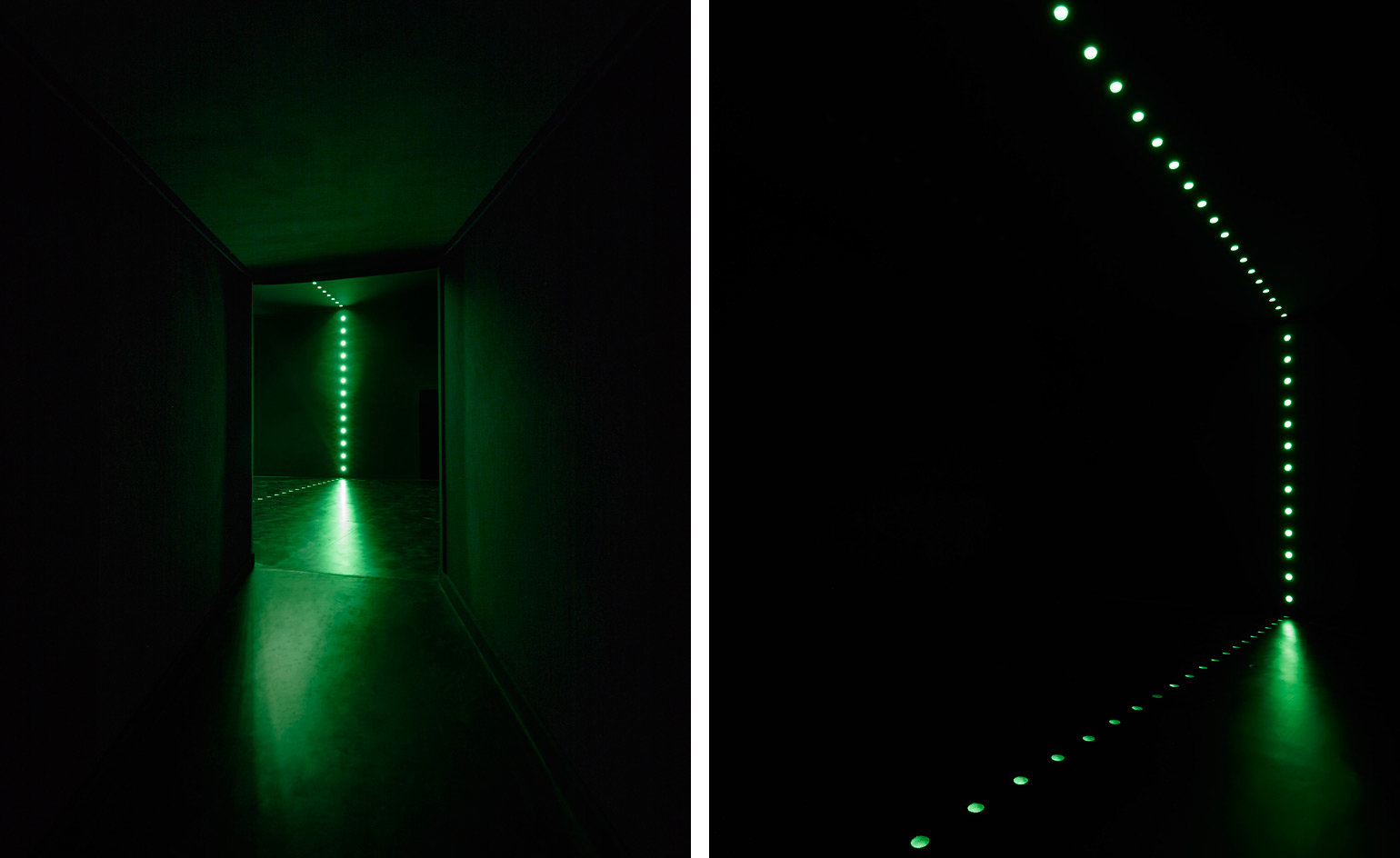
Ambiente spaziale, 1966/2017, by Lucio Fontana. Courtesy of Pirelli HangarBicocca, Milan. © Fondazione Lucio Fontana.
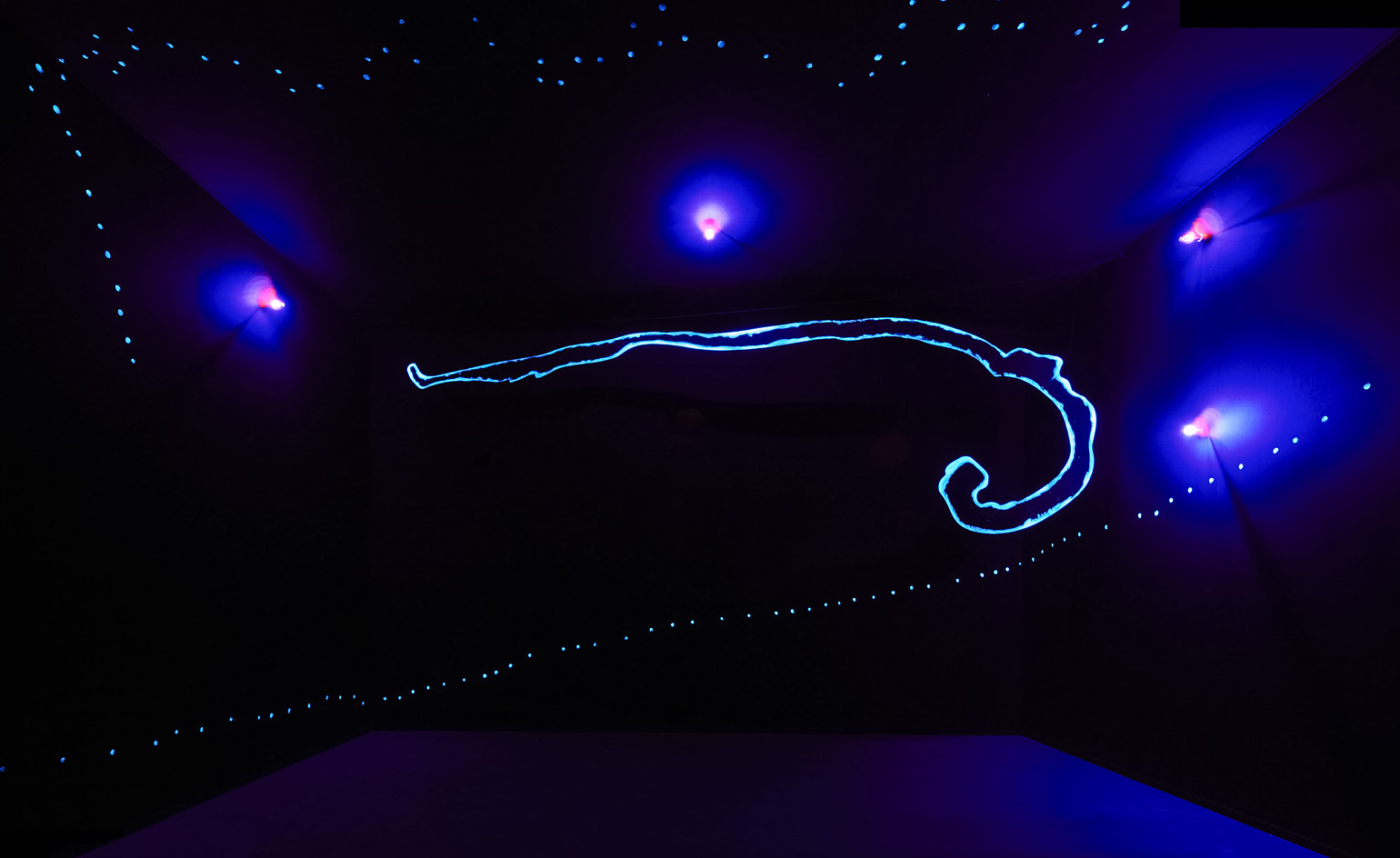
Ambiente spaziale, 1967/2017, by Lucio Fontana. Courtesy of Pirelli HangarBicocca, Milan. © Fondazione Lucio Fontana.
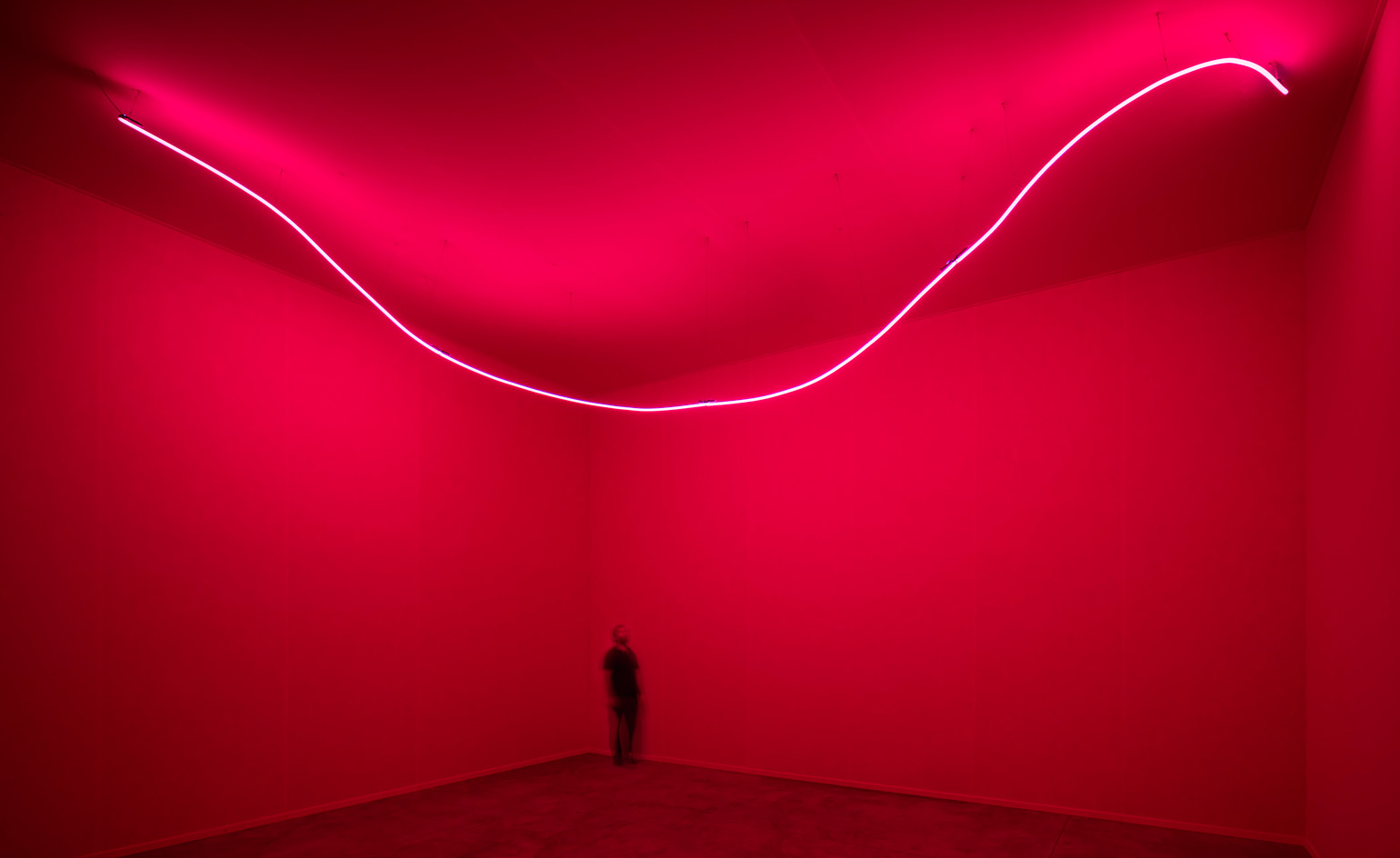
Ambiente spaziale con neon, 1967/2017, by Lucio Fontana. Courtesy of Pirelli HangarBicocca, Milan. © Fondazione Lucio Fontana.
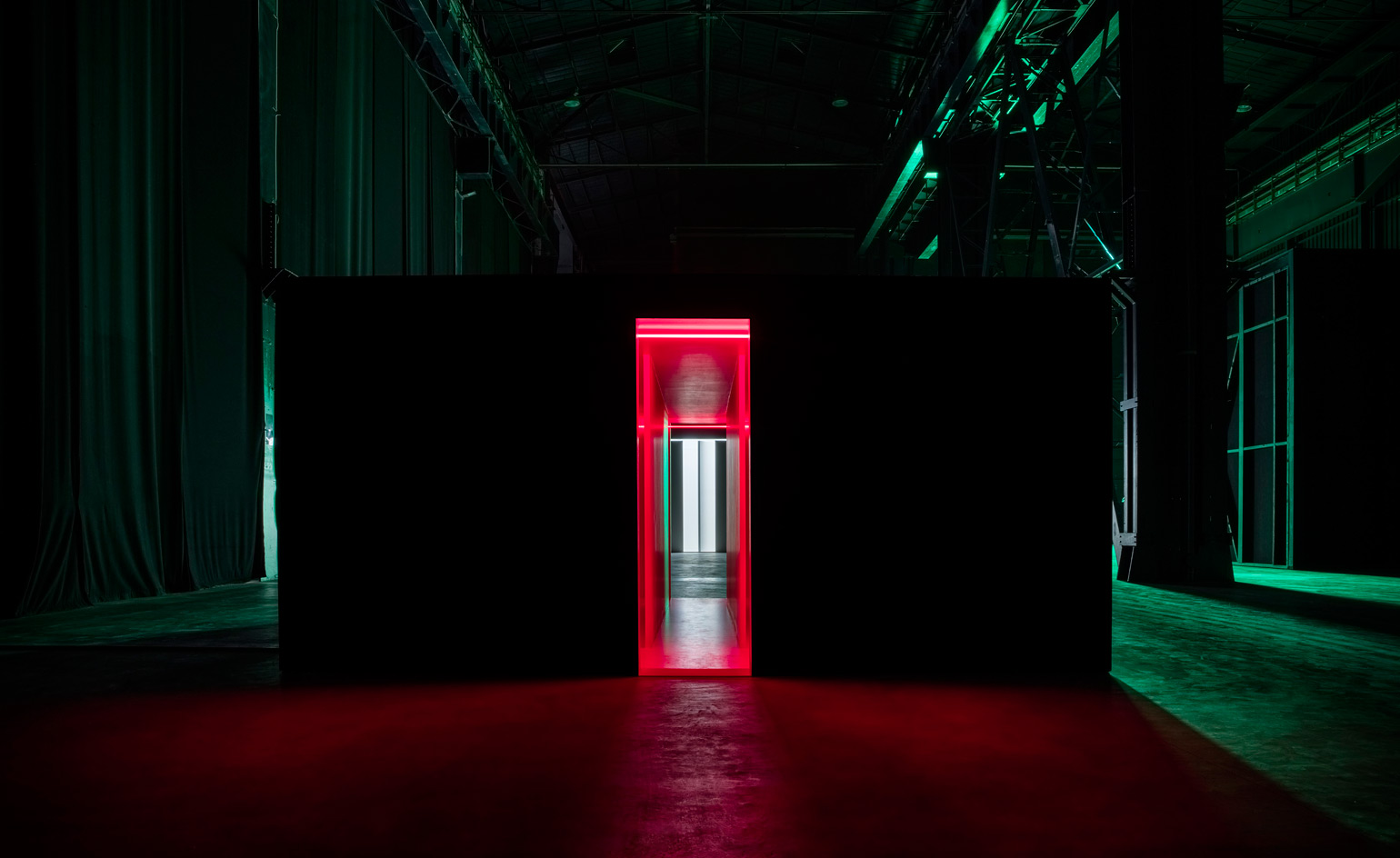
Fontana’s environments are staged in black industrial containers throughout the vast gallery. Courtesy of Pirelli HangarBicocca, Milan. © Fondazione Lucio Fontana.
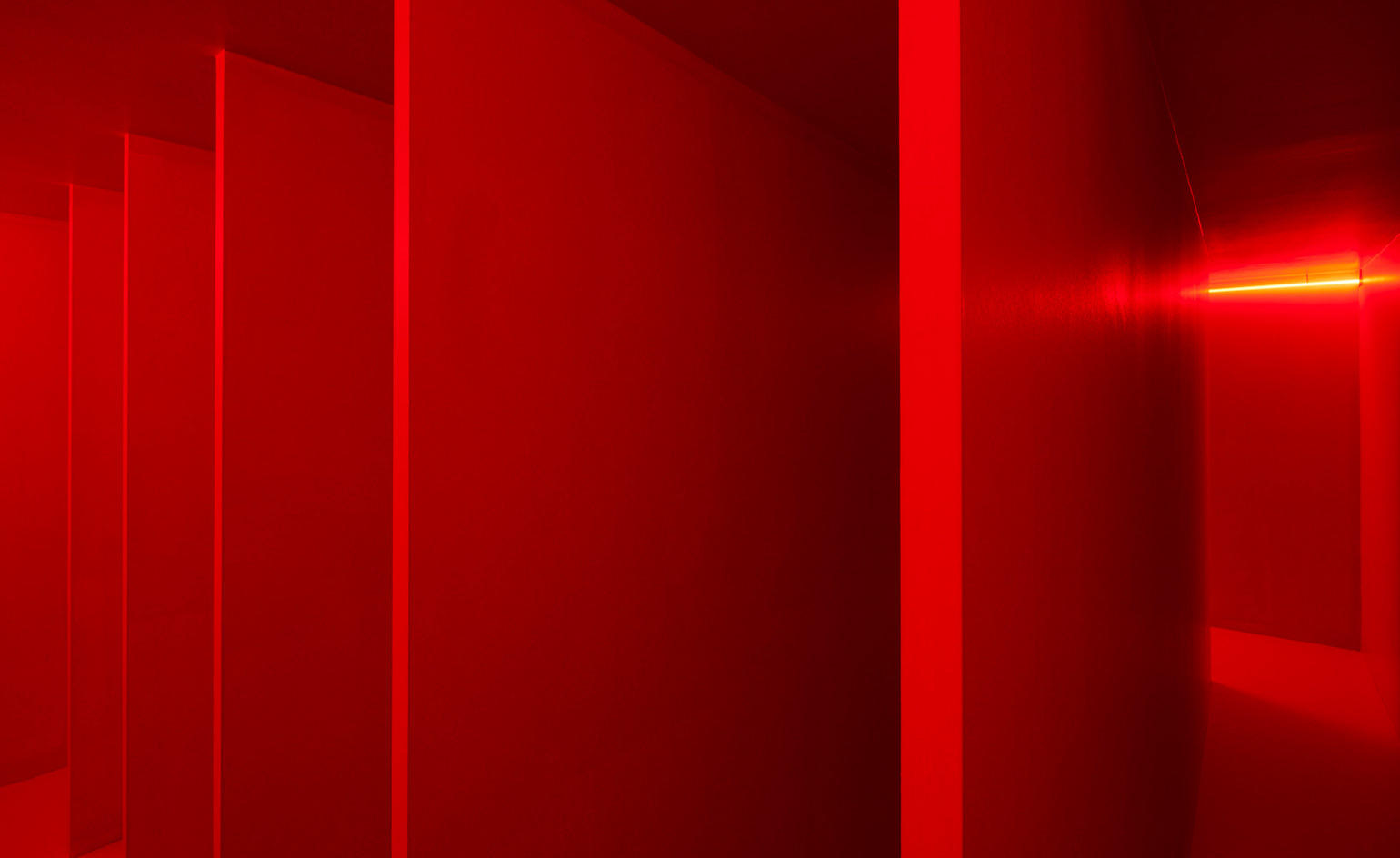
Ambiente spaziale a luce rossa, 1967/2017, by Lucio Fontana. Courtesy of Pirelli HangarBicocca, Milan. © Fondazione Lucio Fontana.

Ambiente spaziale, 1967/2017, by Lucio Fontana. Courtesy of Pirelli HangarBicocca, Milan. © Fondazione Lucio Fontana.
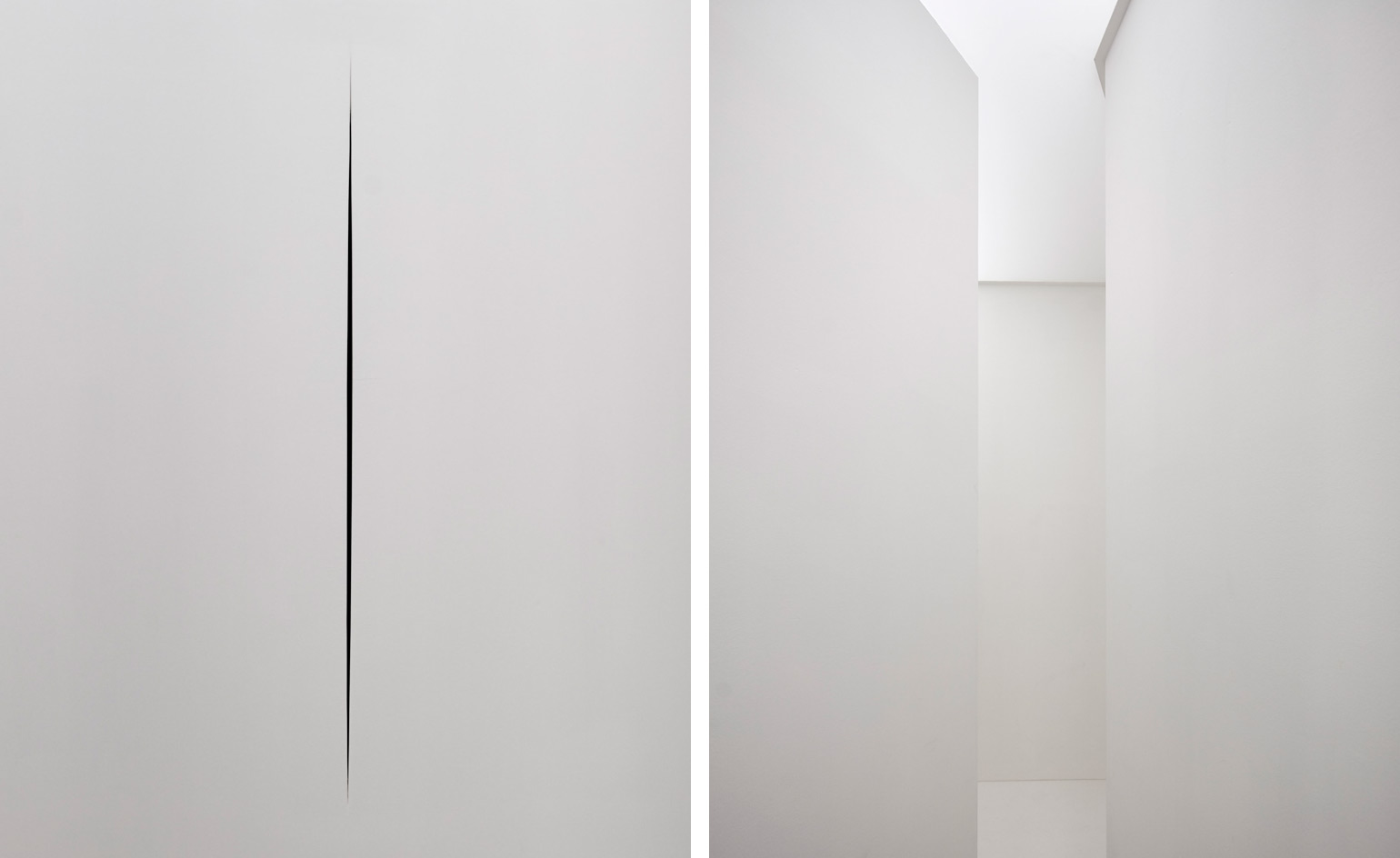
Ambiente spaziale in Dokumenta 4, a Kassel, 1968/2017, by Lucio Fontana. Courtesy of Pirelli HangarBicocca, Milan. © Fondazione Lucio Fontana.
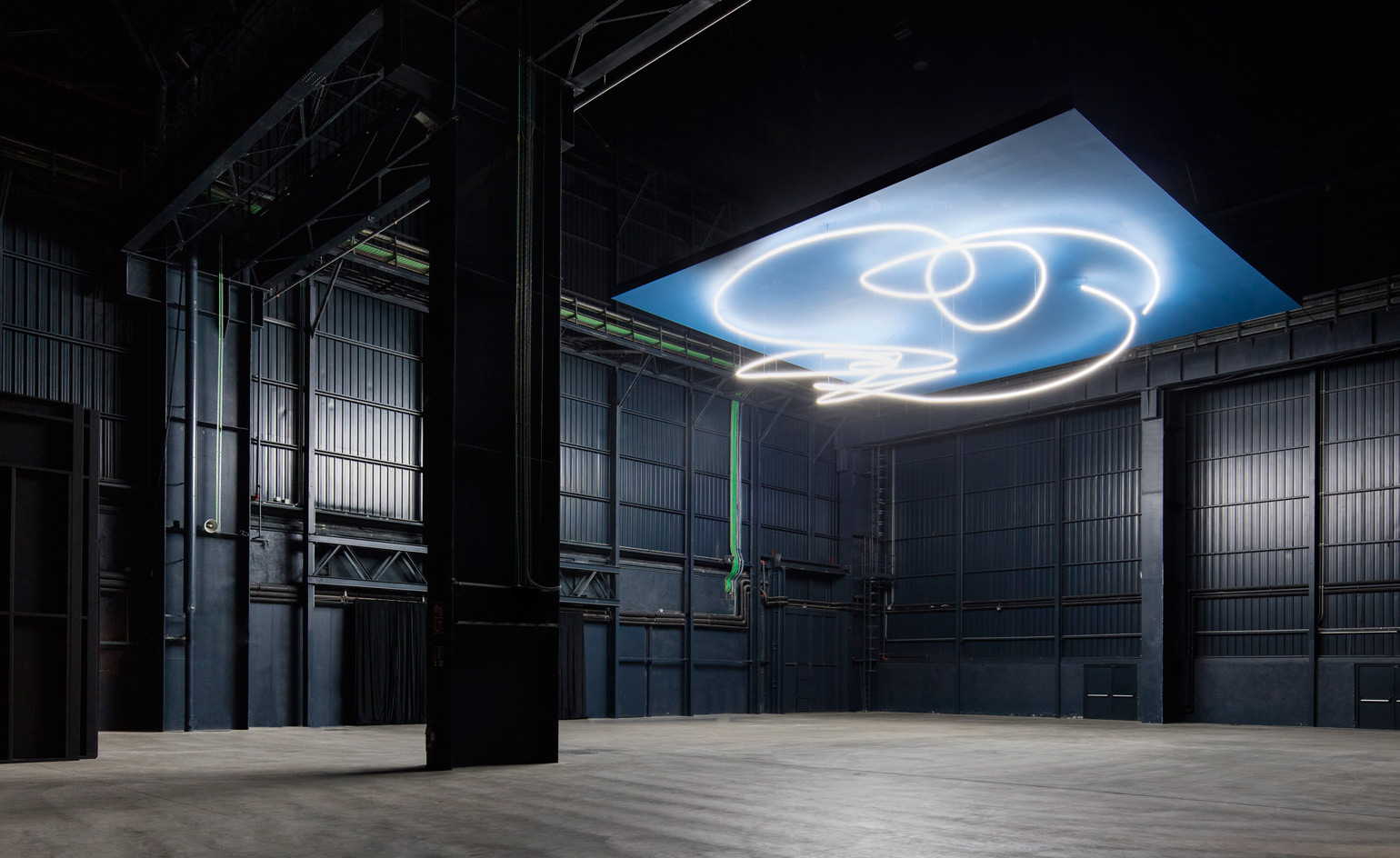
Fontana’s environments are bookended by two further installations, including Struttura al neon per la IX Triennale di Milano, 1951/2017. Courtesy of Pirelli HangarBicocca, Milan. © Fondazione Lucio Fontana.
INFORMATION
‘Ambienti/Environments’ is on view until 25 February 2018. For more information, visit the Pirelli HangarBicocca website
ADDRESS
HangarBicocca
Via Chiese 2
20126 Milan
Receive our daily digest of inspiration, escapism and design stories from around the world direct to your inbox.
Charlotte Jansen is a journalist and the author of two books on photography, Girl on Girl (2017) and Photography Now (2021). She is commissioning editor at Elephant magazine and has written on contemporary art and culture for The Guardian, the Financial Times, ELLE, the British Journal of Photography, Frieze and Artsy. Jansen is also presenter of Dior Talks podcast series, The Female Gaze.
-
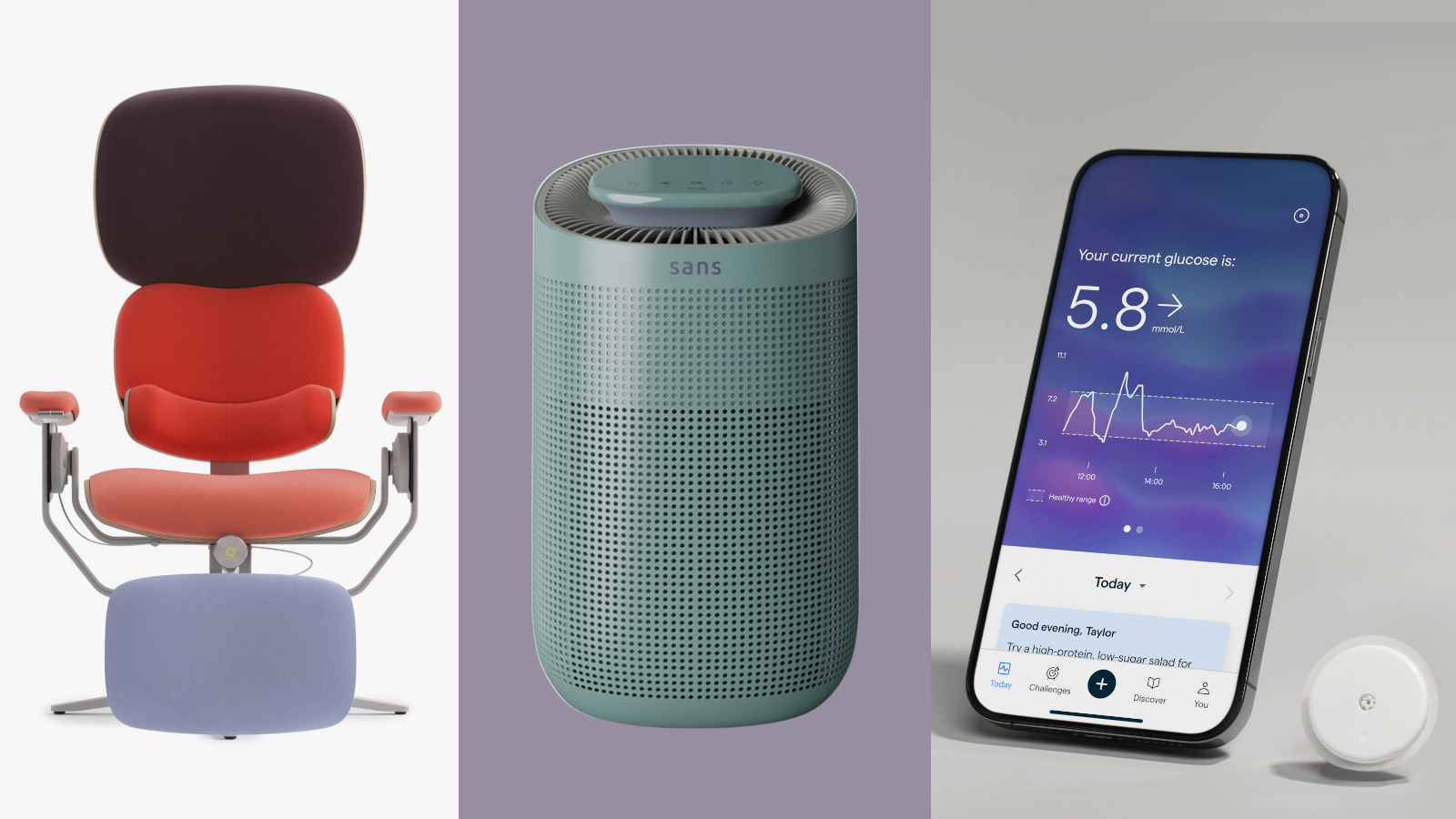 New tech dedicated to home health, personal wellness and mapping your metrics
New tech dedicated to home health, personal wellness and mapping your metricsWe round up the latest offerings in the smart health scene, from trackers for every conceivable metric from sugar to sleep, through to therapeutic furniture and ultra intelligent toothbrushes
-
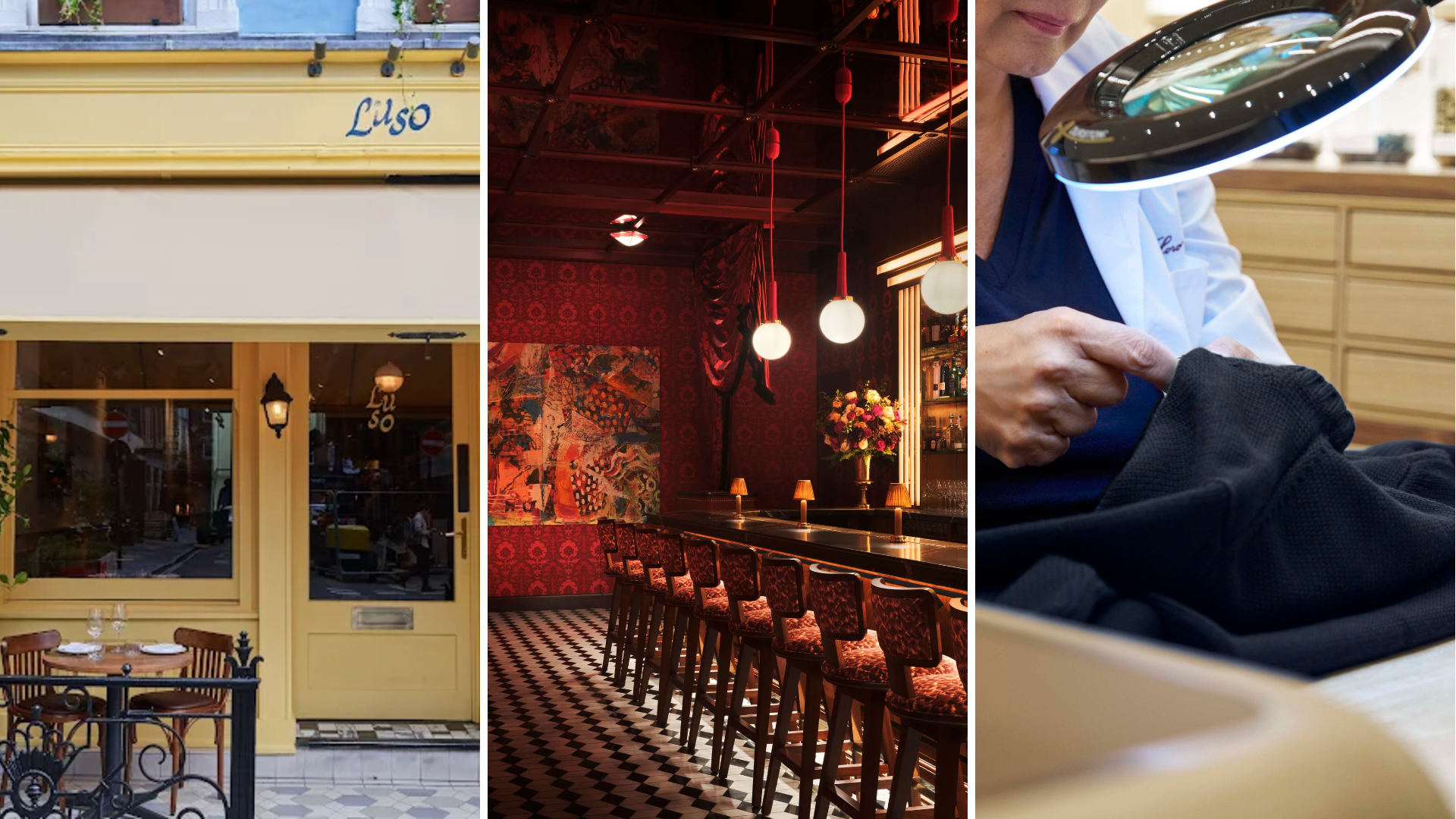 Out of office: The Wallpaper* editors’ picks of the week
Out of office: The Wallpaper* editors’ picks of the week'Tis the season for eating and drinking, and the Wallpaper* team embraced it wholeheartedly this week. Elsewhere: the best spot in Milan for clothing repairs and outdoor swimming in December
-
 How Stephen Burks Man Made is bringing the story of a centuries-old African textile to an entirely new audience
How Stephen Burks Man Made is bringing the story of a centuries-old African textile to an entirely new audienceAfter researching the time-honoured craft of Kuba cloth, designers Stephen Burks and Malika Leiper have teamed up with Italian company Alpi on a dynamic new product
-
 Out of office: The Wallpaper* editors’ picks of the week
Out of office: The Wallpaper* editors’ picks of the week'Tis the season for eating and drinking, and the Wallpaper* team embraced it wholeheartedly this week. Elsewhere: the best spot in Milan for clothing repairs and outdoor swimming in December
-
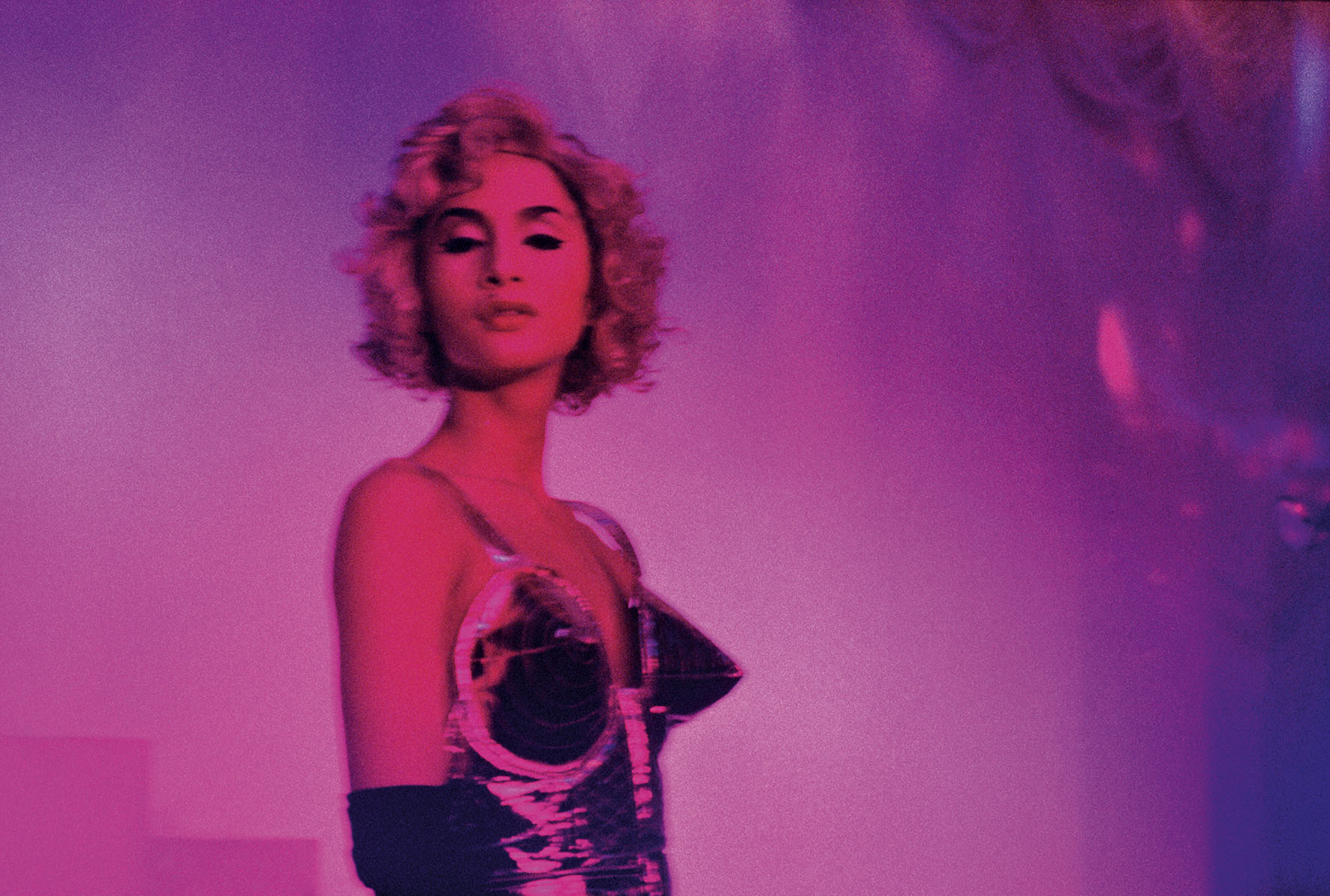 The most comprehensive showing of Nan Goldin’s photographs and films is intense and emotional
The most comprehensive showing of Nan Goldin’s photographs and films is intense and emotionalNan Goldin's moving-image work makes a heavy impact in ‘This Will Not End Well’ at Milan’s Pirelli HangarBicocca
-
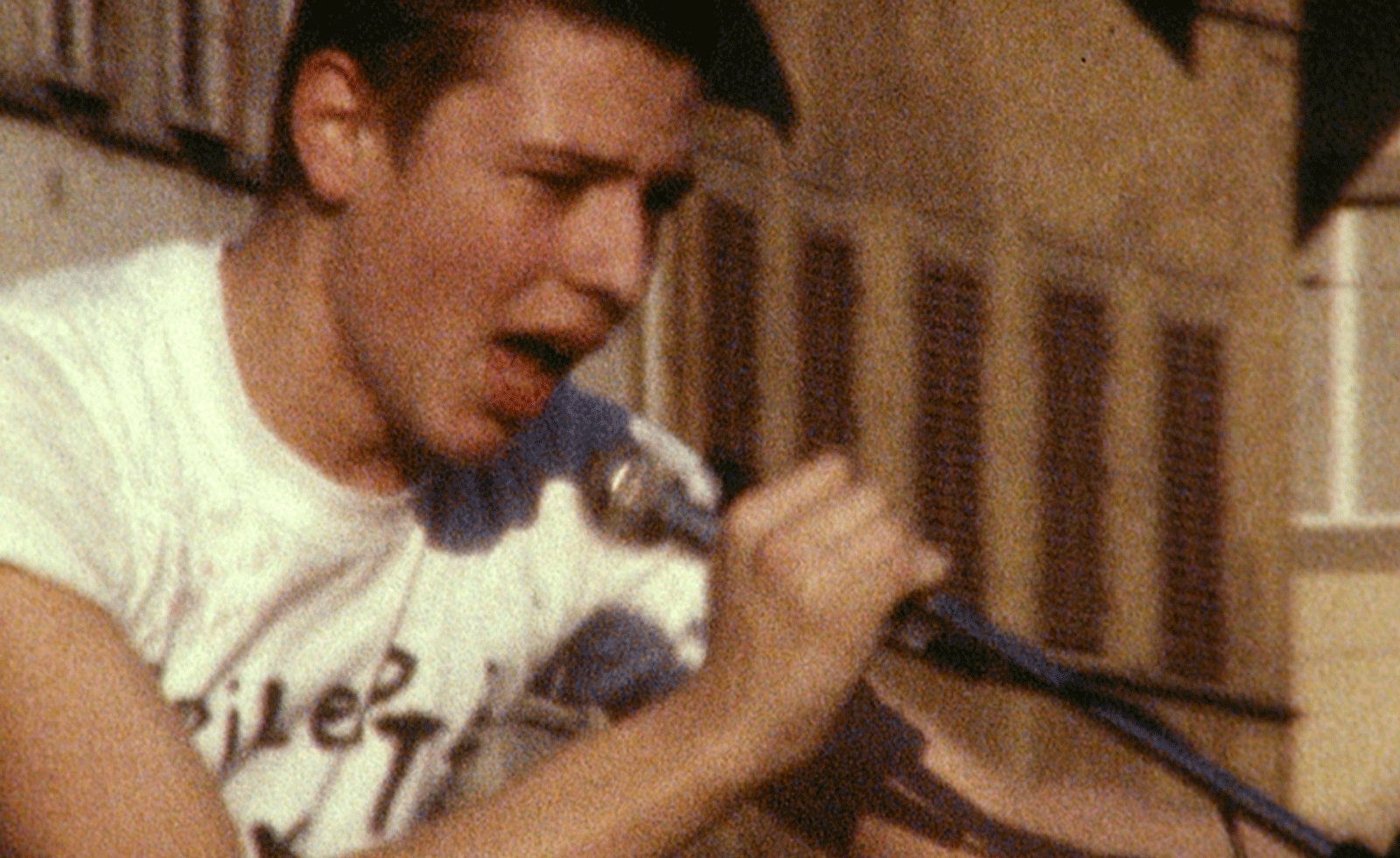 A forgotten history of Italian artists affected by the HIV-AIDS crisis goes on show in Tuscany
A forgotten history of Italian artists affected by the HIV-AIDS crisis goes on show in Tuscany‘Vivono: Art and Feelings, HIV-AIDS in Italy. 1982-1996’, at Centro per l'Arte Contemporanea Luigi Pecci in Prato delves into the conversation around the crisis
-
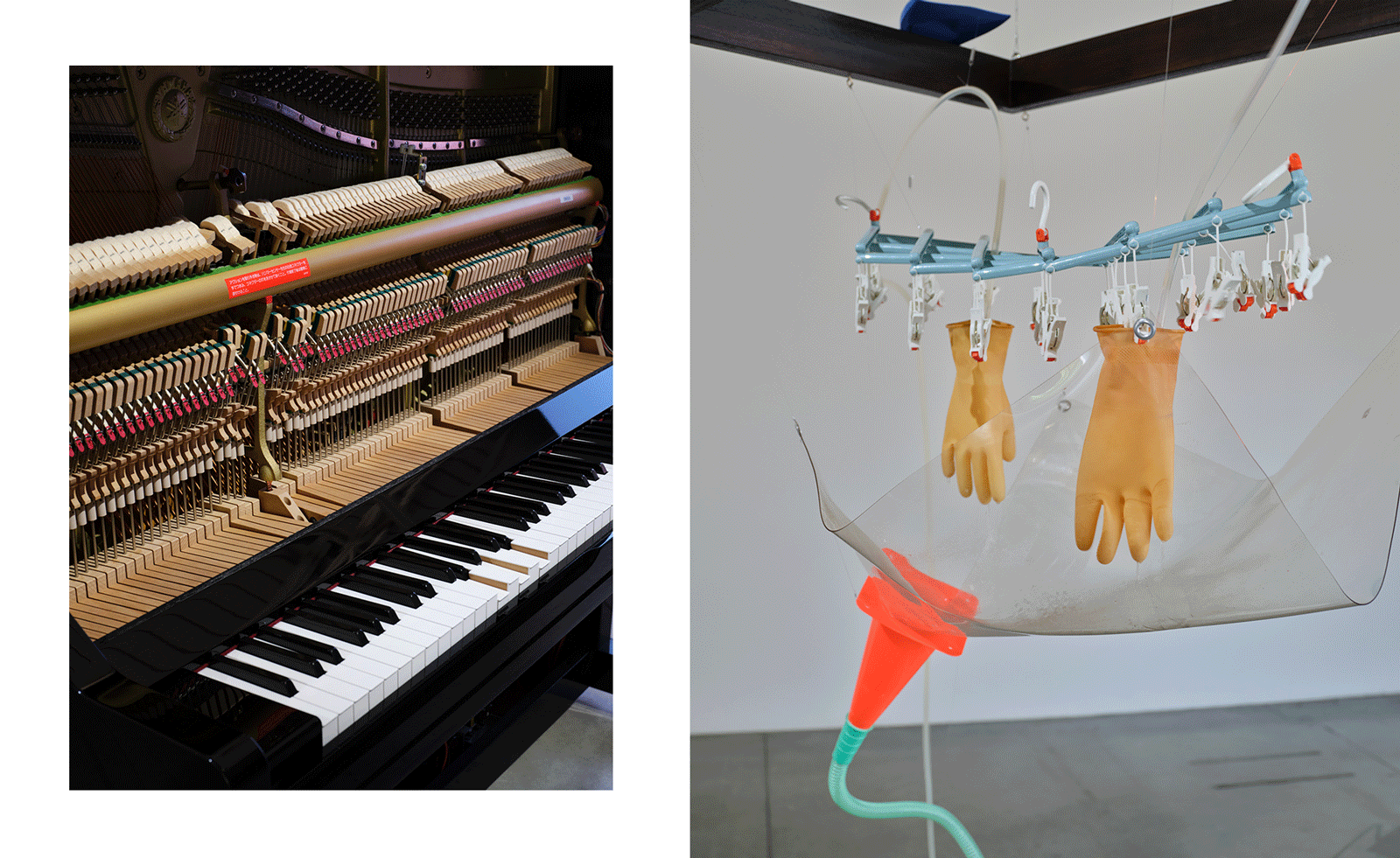 Yuko Mohri’s living installations play on Marcel Duchamp’s surrealism
Yuko Mohri’s living installations play on Marcel Duchamp’s surrealismThe artist’s seven new works on show at Milan’s Pirelli HangarBicocca explore the real and imaginary connections that run through society
-
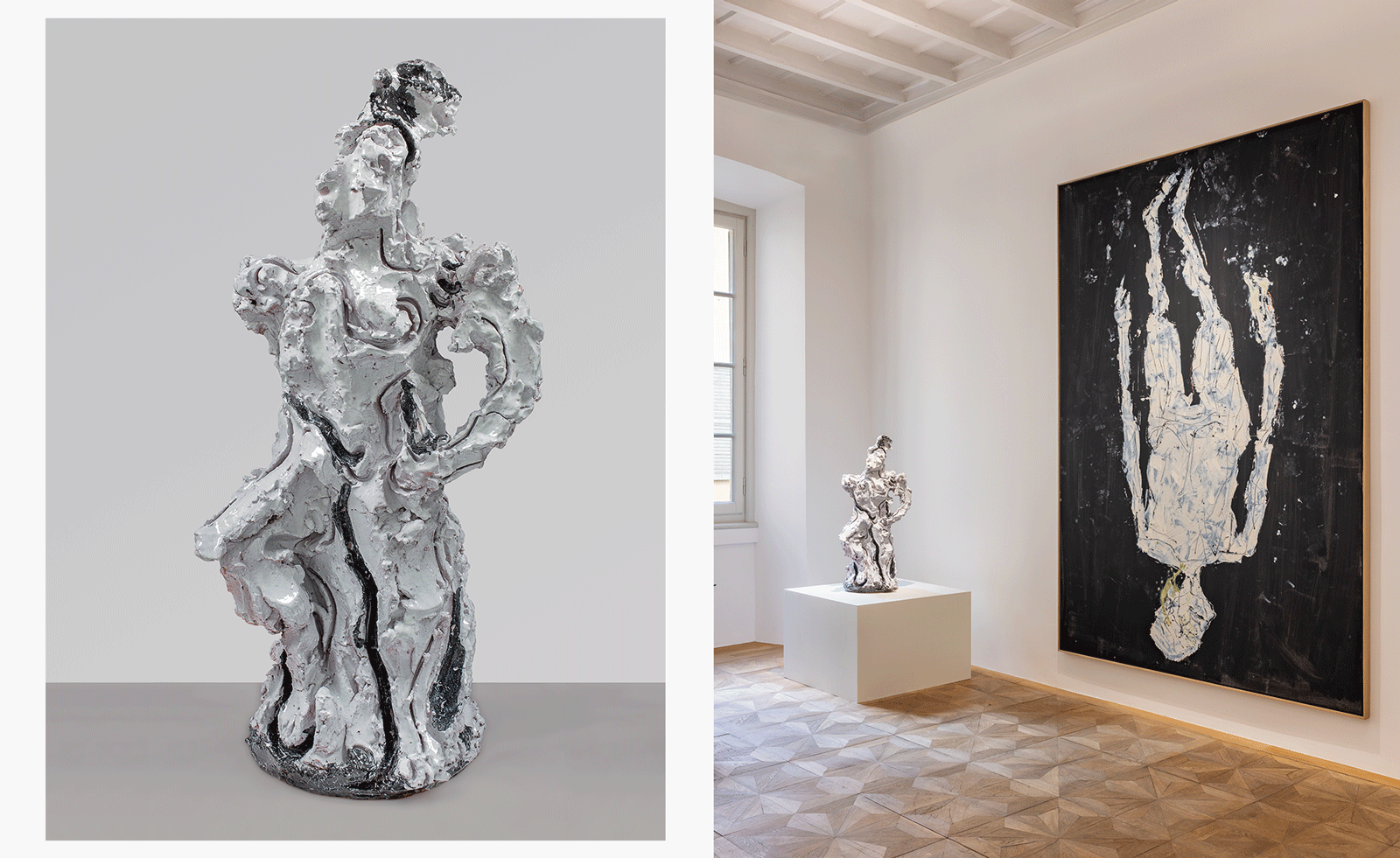 What to expect from Thaddaeus Ropac’s new Milan gallery
What to expect from Thaddaeus Ropac’s new Milan galleryA stalwart among European galleries, Thaddaeus Ropac has chosen an 18th-century palazzo for its first venture into Milan
-
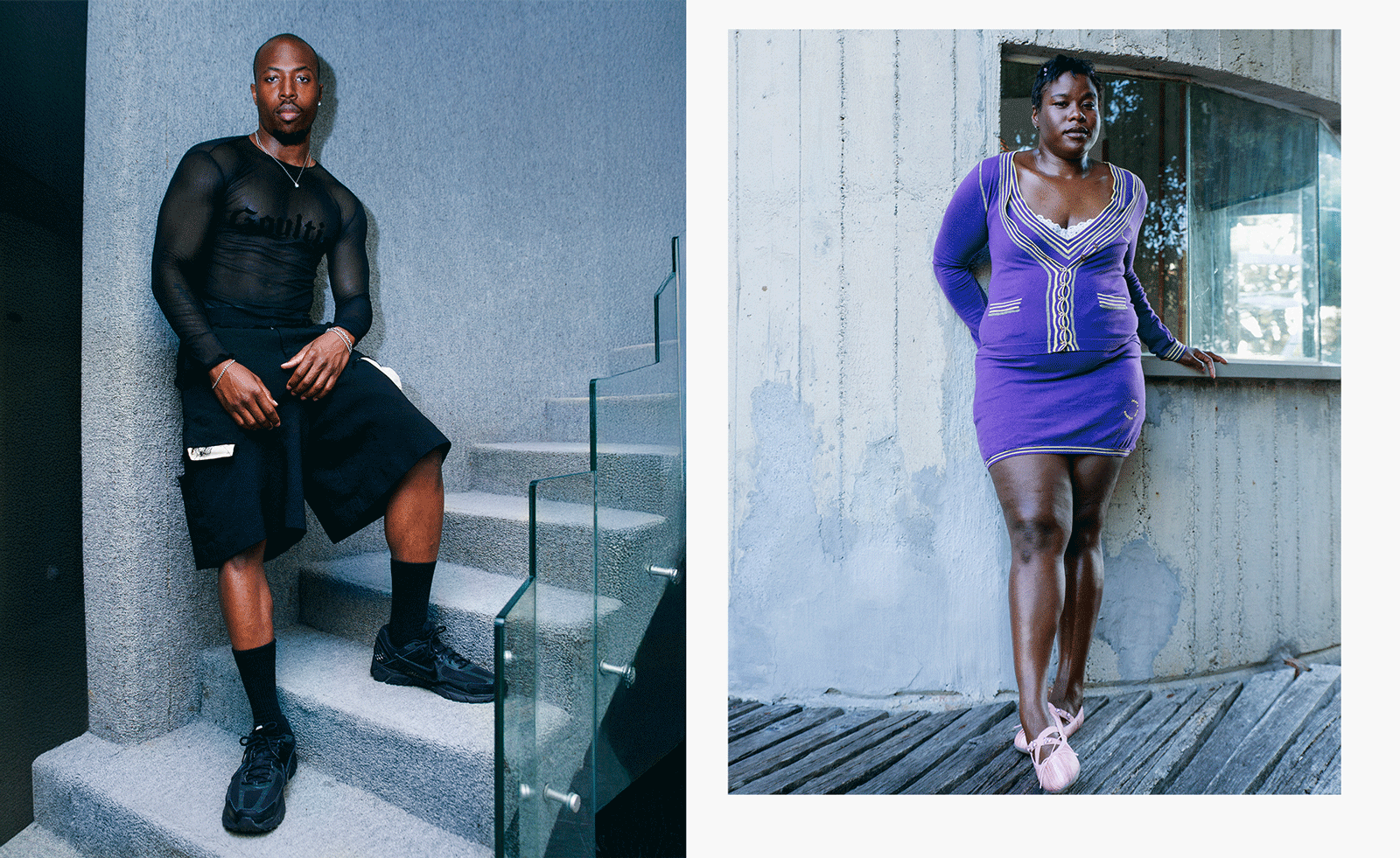 Creativity and rest reign at this Tuscan residence for Black queer artists
Creativity and rest reign at this Tuscan residence for Black queer artistsMQBMBQ residency founder Jordan Anderson sparks creativity at his annual Tuscan artist residency. Wallpaper* meets him to hear about this year's focus.
-
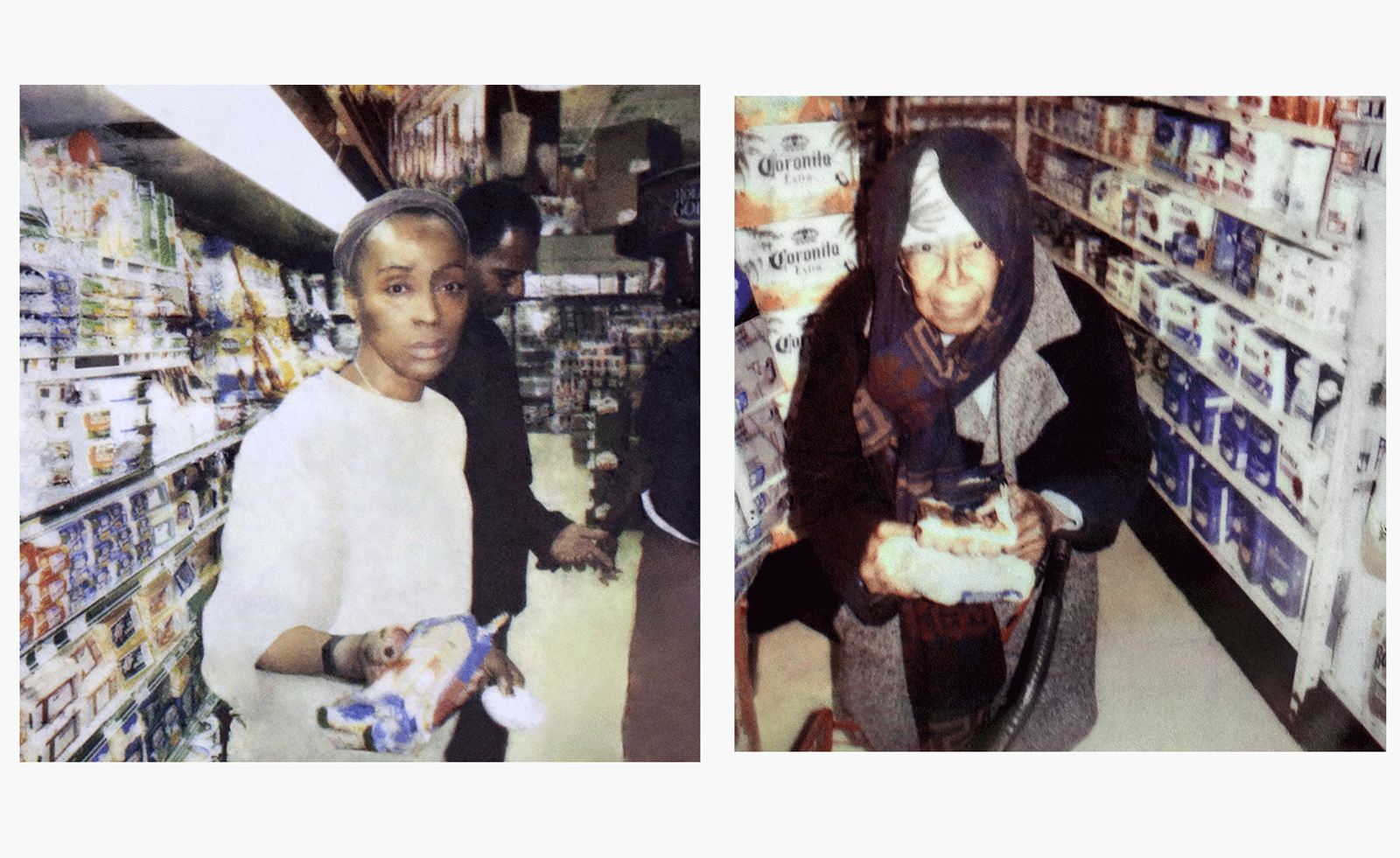 Photographer Mohamed Bourouissa reflects on society, community and the marginalised at MAST
Photographer Mohamed Bourouissa reflects on society, community and the marginalised at MASTMohamed Bourouissa unites his work from the last two decades at Bologna’s Fondazione MAST
-
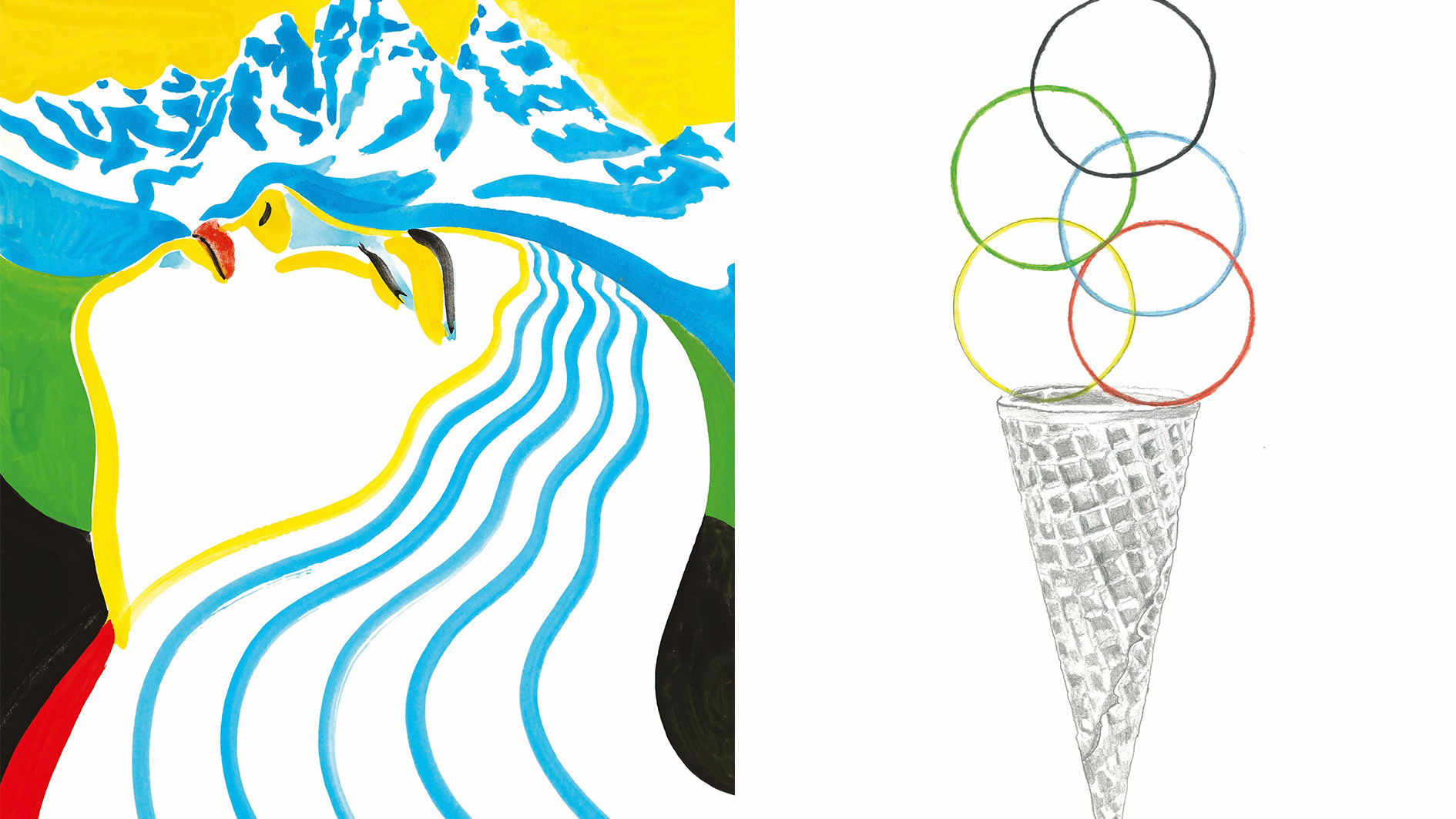 Ten super-cool posters for the Winter Olympics and Paralympics have just been unveiled
Ten super-cool posters for the Winter Olympics and Paralympics have just been unveiledThe Olympic committees asked ten young artists for their creative take on the 2026 Milano Cortina Games